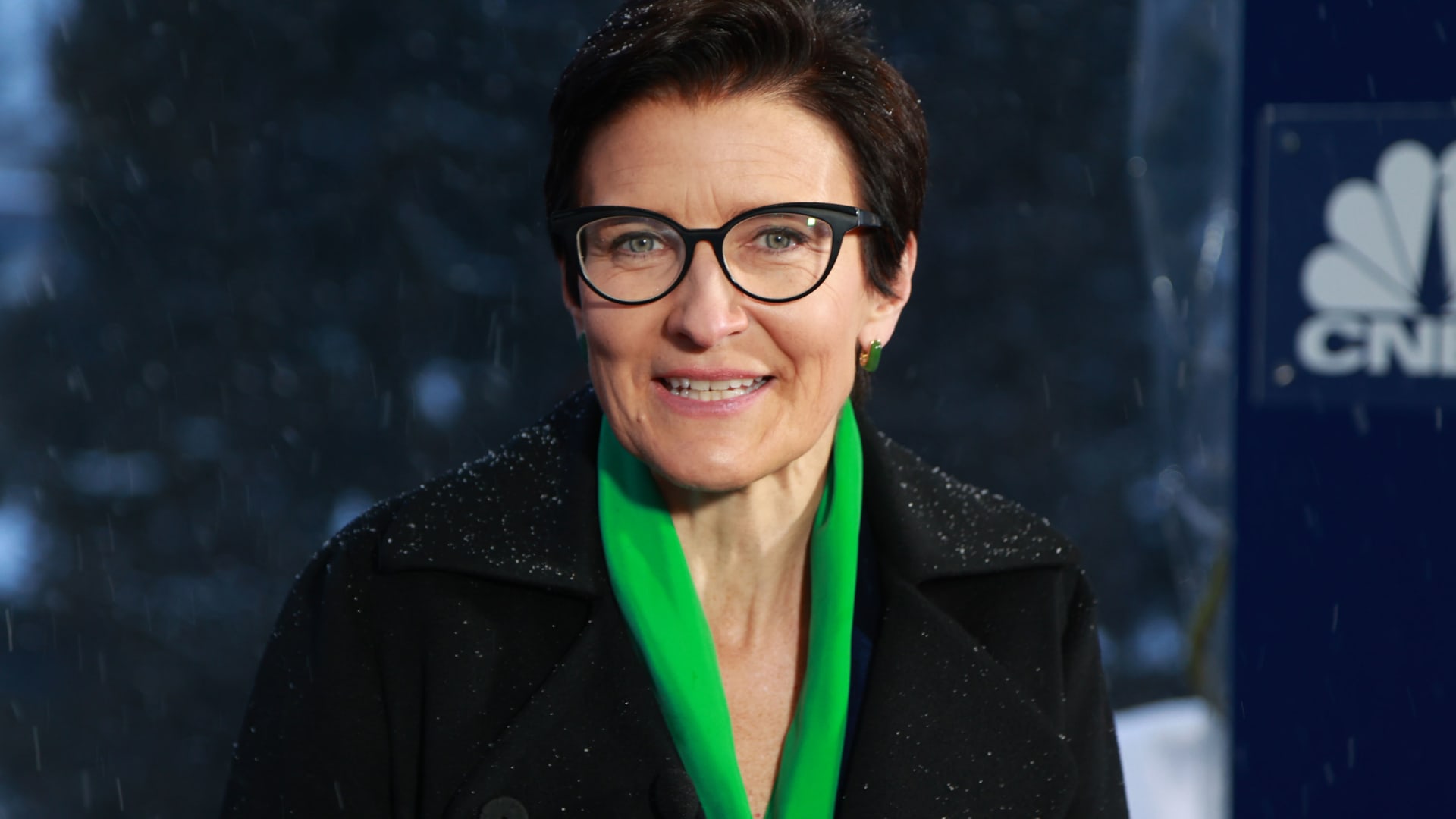This is the lowest growth forecast for India among other multilateral development banks with the World Bank estimating 6.3 per cent and the Asian Development Bank forecasting 6.4 per cent GDP growth for FY24.
Chief economist of IMF Pierre-Olivier Gourinchas said while the global economy’s gradual recovery from both the pandemic and Russia’s invasion of Ukraine remains on track, the situation remains fragile highlighted by the recent banking instability. “China’s reopened economy is rebounding strongly. Supply chain disruptions are unwinding, while dislocations to energy and food markets caused by the war are receding. Simultaneously, the massive and synchronised tightening of monetary policy by most central banks should start to bear fruit, with inflation moving back towards targets,” he added.
The Washington based global lender said policymakers need a steady hand and clear communication to tide over the uncertainty. “With financial instability contained, monetary policy should remain focused on bringing inflation down, but stand ready to quickly adjust to financial developments. A silver lining is that the banking turmoil will help slow aggregate activity as banks curtail lending. In and of itself, this should partially mitigate the need for further monetary tightening to achieve the same policy stance. But any expectation that central banks will prematurely surrender the inflation fight would have the opposite effect: lowering yields, supporting activity beyond what is warranted, and ultimately complicating the task of monetary authorities,” Gourinchas said.
The report said emerging market economies should let their currencies adjust as much as possible in response to such fundamentals. “Foreign exchange interventions may be appropriate on a temporary basis if currency movements and capital flows substantially raise financial stability risks––as in the context of shallow foreign exchange markets or high foreign currency debt––or jeopardize the central bank’s ability to maintain price stability,” it added.
















